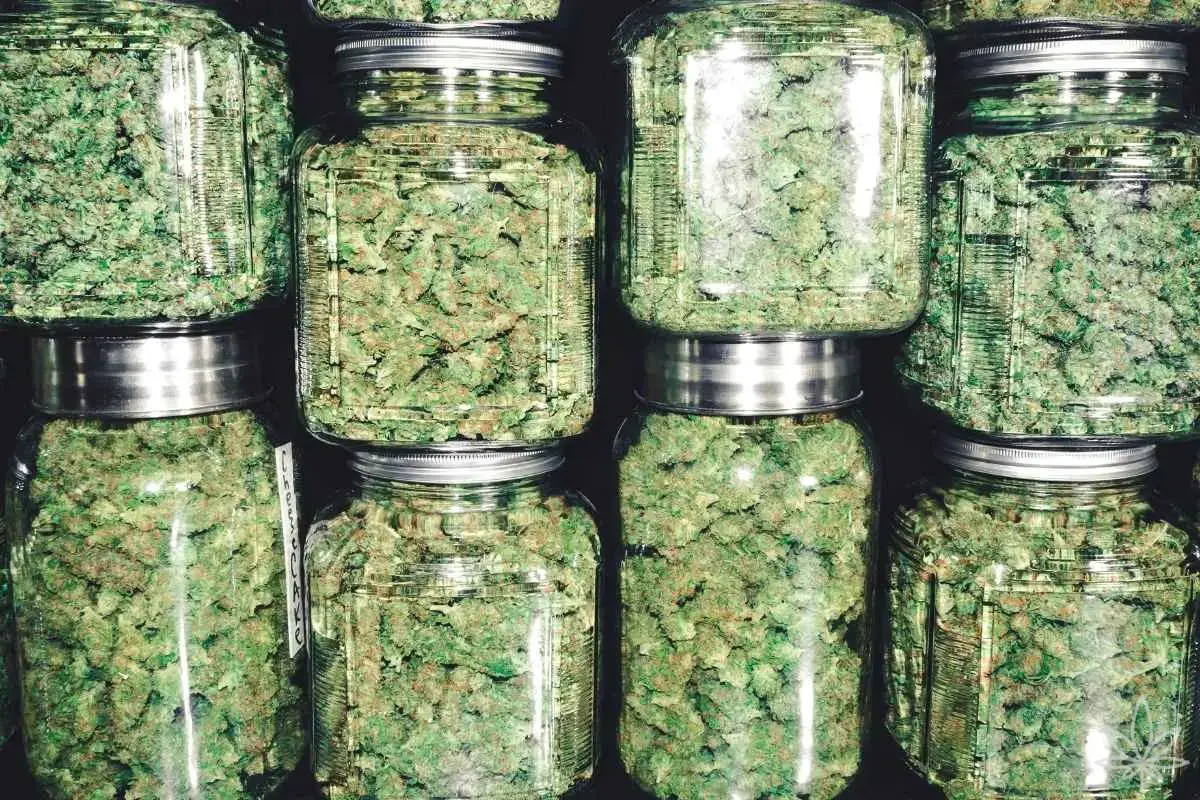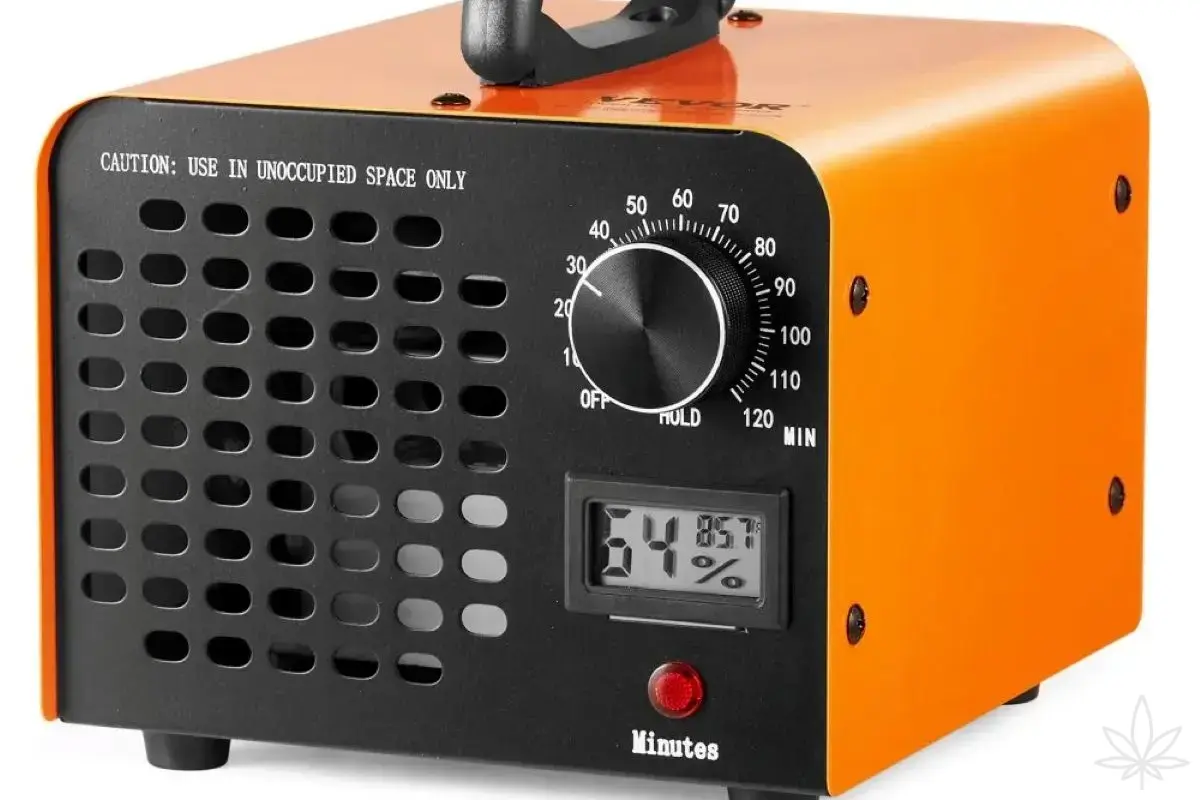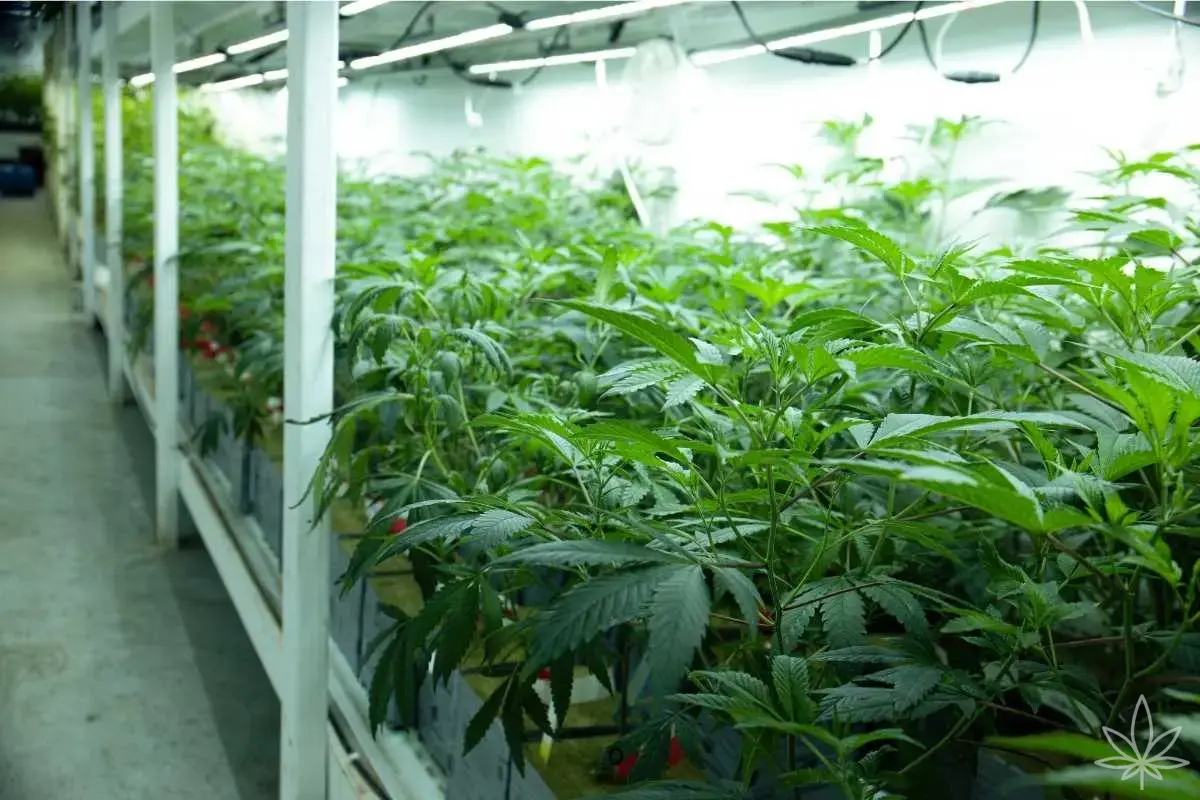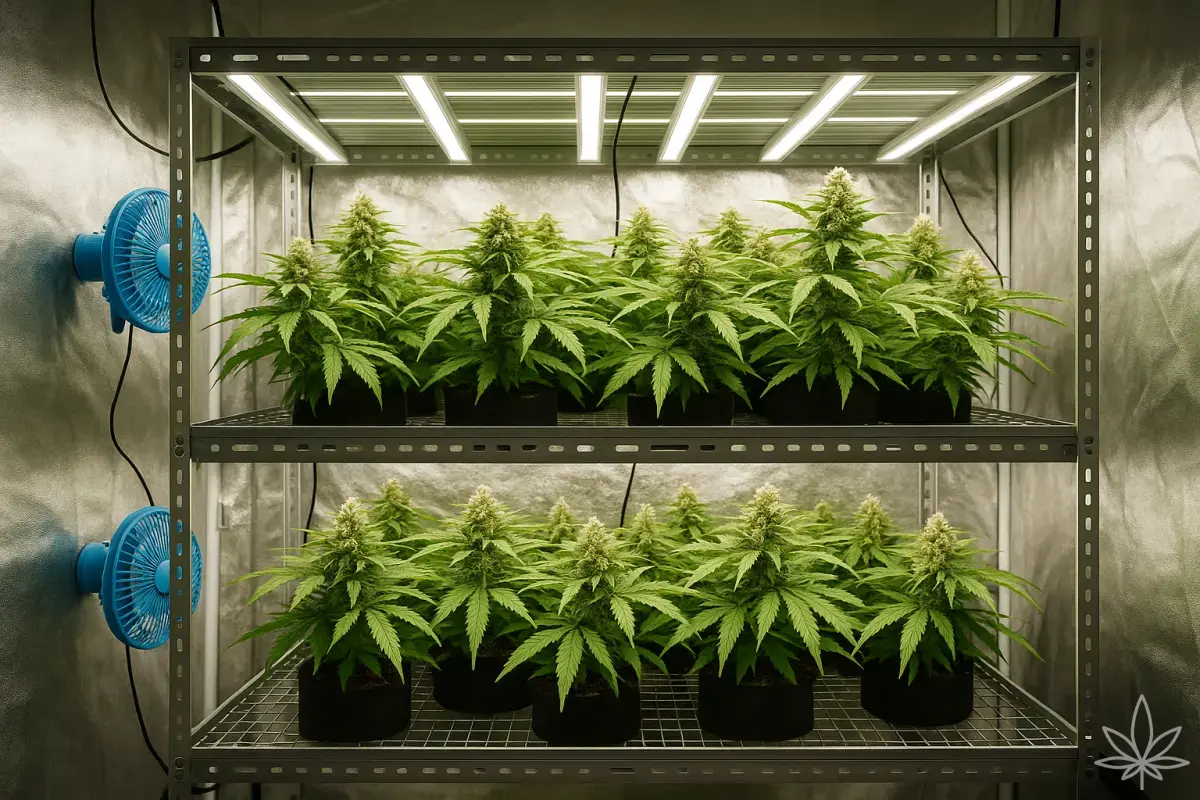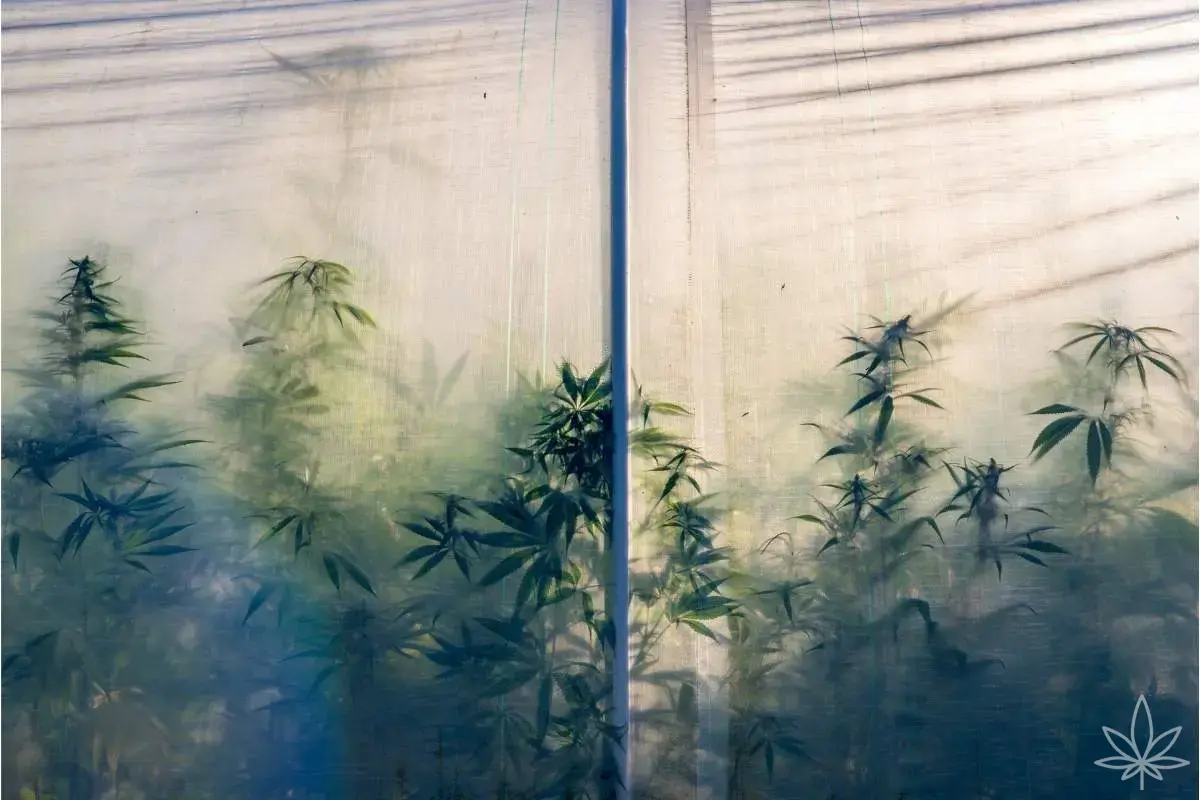Everyone who cuts down their plant for the first time faces the same problem: what now? Fresh buds look amazing and smell strong, but they’re not smokeable. Drying and curing is the stage where cannabis really develops character – flavor, aroma, potency, and that clean, enjoyable high.
And there’s no single path here. Different methods produce different results, and the choice depends on what you value most – speed, potency, or unique aroma.
Why are drying and curing so important?
- Flavor and aroma – chlorophyll and excess moisture must break down, otherwise smoke will be harsh and “green.”
- Potency – during drying, trichomes stabilize and THC reaches full activity.
- Shelf life – properly dried and cured buds won’t mold and can be stored for months.
Without this stage, even the best genetics will taste like hay.
Drying methods – classic and alternative
1. Hanging branches in a dark room
The most common method.
- How? Entire branches are hung in a dark room, 18–22°C, humidity 50–60%.
- Time: 7–14 days.
- Effects: classic flavor profile, stable THC, good for later curing.
2. Drying racks (hammock style)
Buds are spread out on mesh racks.
- Pros: faster drying, less risk of mold.
- Cons: inner buds may lose aroma due to airflow limitations.
3. Quick drying (oven, heater, microwave)
Yes, every beginner has tried it.
- Effect: harsh smoke, up to 20–30% THC loss, almost no terpenes left.
- Use only in emergencies.
4. Freeze drying (lyophilization)
Becoming popular in the U.S.
- How? Buds are frozen and then vacuum-dried.
- Pros: preserves nearly 100% of terpenes, fast (24–48 h).
- Cons: equipment costs several thousand EUR.
Curing methods – maturing for flavor and potency
1. Curing in jars (the most popular)
- Buds in airtight glass jars, opened daily for the first 2 weeks.
- Effect: smooth smoke, full terpene profile, stable THC.
2. Grove Bags (MAP technology)
Special bags with membranes that regulate humidity.
- Effect: no need to open jars, convenient, excellent aroma.
- Cost: about 2–3 EUR per 30 g bag.
3. Fermentation “Cuban cigar style” (buckets, vacuum)
Some growers ferment buds like cigars.
- Effect: altered flavor profile – earthy, sometimes “roasted.”
- Risk: easy to overdo and ruin aroma.
Comparison table
| Method | Time | Flavor / Aroma | THC / CBD | Mold risk | Cost |
|---|---|---|---|---|---|
| Hanging branches | 7–14 days | Natural, classic | Stable | Medium | Low |
| Drying racks | 5–10 days | Slightly less intense | Stable | Medium | Medium |
| Quick drying | 1–2 days | Harsh, flat | 20–30% loss | Low | Low |
| Freeze drying | 1–2 days | Maximum aroma | Maximum | Very low | High |
| Jar curing | 4–8 weeks | Full flavor and potency | Stable | Medium | Low |
| Grove Bags | 4–8 weeks | Very intense | Stable | Low | Medium |
| Fermentation | 4–6 weeks | Earthy, heavy | Sometimes drops | High | Low |
How THC and CBD change over time
- During drying, THC stabilizes, but at high temperatures it degrades into CBN (more sedative).
- CBD is more stable, but long storage (>1 year) also causes breakdown.
- Best consumption window: 4–12 weeks after curing.
FAQ
Can I dry buds in the fridge?
Yes, the “low and slow” method – at 2–8°C, around 60% humidity. Produces very rich aroma but takes 3–4 weeks.
Does longer curing = stronger weed?
No, THC levels don’t increase. But taste and smoothness improve a lot.
How long can I store buds after curing?
In airtight jars kept in a dark place – up to 12–18 months without major quality loss.
Conclusion
Drying and curing aren’t boring extras – they’re the decisive stage for bud quality. You can have top genetics and great equipment, but if you dry badly, the final result will be disappointing.
For beginners, the golden rule is: slower = better. Stick to classic dark-room drying and jar curing – the safest path to quality. Once you gain experience, you can experiment with Grove Bags or even freeze drying.

